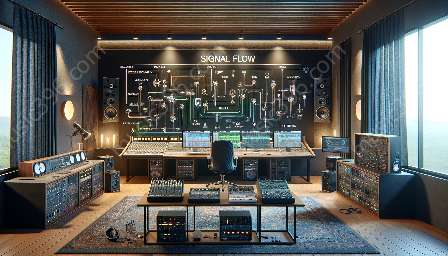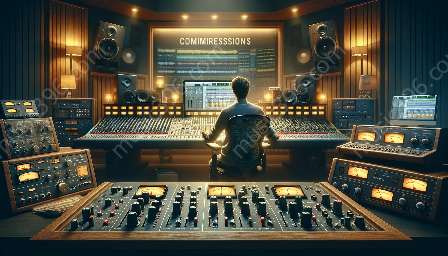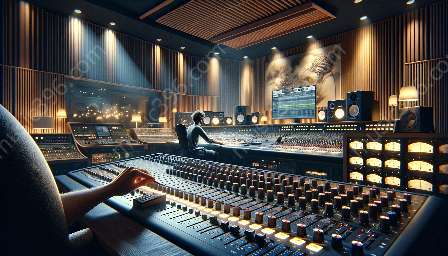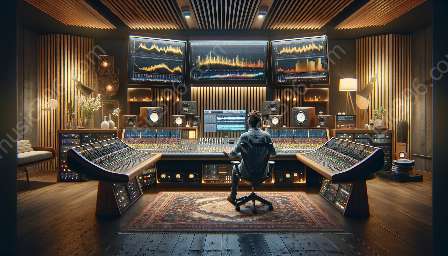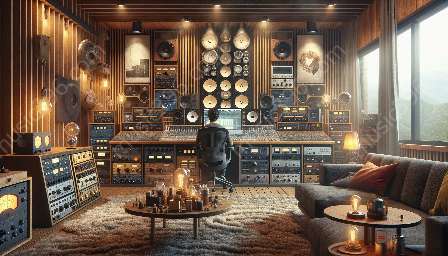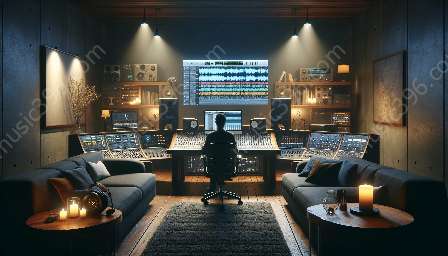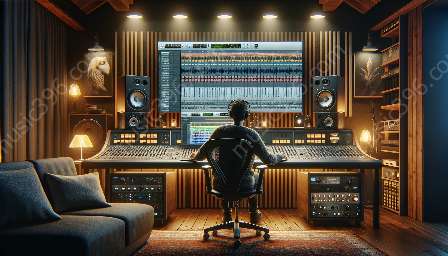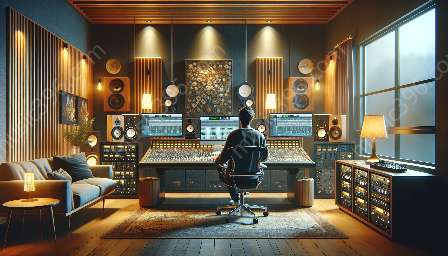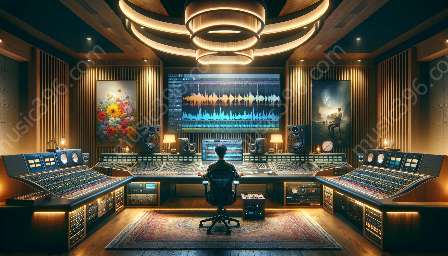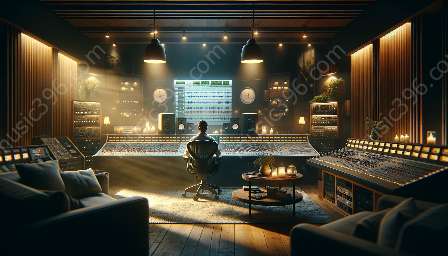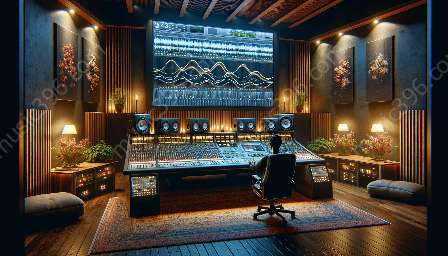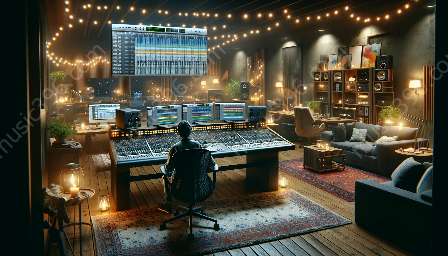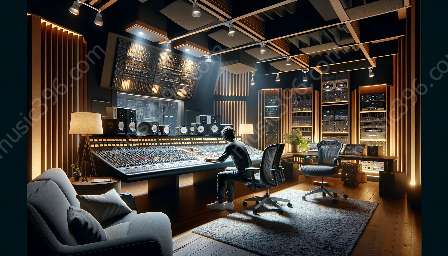Psychoacoustics plays a critical role in the context of audio mixing and mastering, influencing how we perceive sound and how it should be mixed and mastered. In this topic cluster, we'll explore the impact of psychoacoustics on the process, the significance of acoustics, and the fundamentals of audio mixing and mastering.
The Significance of Acoustics in Mixing and Mastering
Understanding the role of acoustics in audio mixing and mastering is essential to achieving high-quality results. Acoustics refers to the science of sound and how it behaves in different environments. In a mixing and mastering setting, the acoustics of the room, such as its size, shape, and materials, can significantly affect the way sound is perceived and captured.
Proper acoustics are crucial for accurate monitoring and assessment of the audio being mixed and mastered. An untreated or poorly treated room can introduce unwanted reflections, resonances, and frequency imbalances, leading to inaccurate judgments and potentially compromising the quality of the final product.
The Role of Psychoacoustics
Psychoacoustics, on the other hand, delves into how humans perceive and interpret sound. It involves understanding the psychological and physiological responses to various sound stimuli, including volume, pitch, timbre, and spatial characteristics.
When it comes to audio mixing and mastering, psychoacoustics plays a crucial role in shaping the decisions made during the process. For instance, knowledge of the human auditory system allows engineers and producers to optimize the mix to better suit the way listeners perceive sound, enhancing the overall listening experience.
Furthermore, understanding psychoacoustics can help identify potential issues in a mix, such as masking effects or frequency masking, where one sound may obscure or diminish the perception of another, and ensure that the final product translates well across different playback systems.
Application of Psychoacoustics in Audio Mixing and Mastering
There are several key areas where psychoacoustics directly influences the audio mixing and mastering process:
- Frequency Balance: Psychoacoustic principles guide the decisions related to frequency balance, helping to ensure that the mix retains clarity and balance across the entire audible spectrum. Techniques such as masking mitigation, where the perceived loudness of one sound reduces the audibility of another, are employed to optimize frequency balance.
- Spatial Perception: Psychoacoustics inform the placement and movement of sound sources in the stereo field, aiming to create an engaging and immersive listening experience. By leveraging principles of spatial perception, engineers can manipulate the localization and distance of sounds, enhancing the sense of space and depth in a mix.
- Dynamic Range and Loudness: Understanding psychoacoustic principles related to dynamic range and loudness perception is crucial for determining the appropriate levels of compression, limiting, and dynamic processing in the mastering stage. This ensures that the final product maintains an appealing and consistent loudness level across different playback devices.
- Perceptual Coding and Data Compression: Psychoacoustic models are utilized in perceptual coding algorithms to remove non-essential audio information based on the limitations of human perception. This facilitates efficient data compression in formats such as MP3 or AAC without significantly compromising perceived audio quality.
Fundamentals of Audio Mixing and Mastering
Audio mixing involves blending and adjusting individual tracks to create a cohesive and balanced sound. It encompasses tasks such as setting levels, panning, equalization, dynamic processing, and effects application. Mastering, on the other hand, focuses on preparing the final mix for distribution by enhancing overall coherence, clarity, and consistency.
Throughout the mixing and mastering processes, the understanding of psychoacoustics, along with acoustics, plays a pivotal role in achieving the desired sonic outcomes. By leveraging this knowledge, audio professionals can enhance the quality and impact of the music, ensuring that it connects with listeners in the most effective way.



